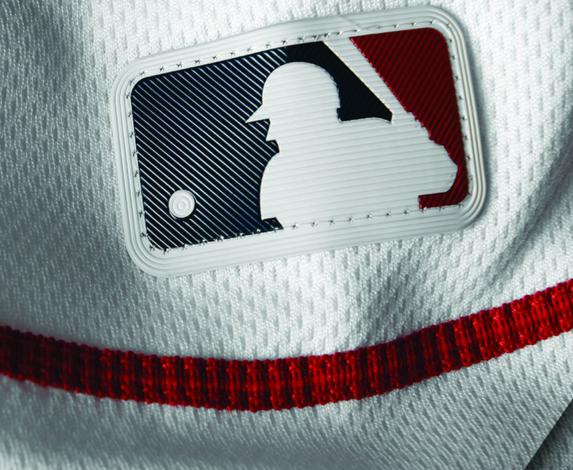Improve technology in uniforms
Francisco Esquivel / Reform Agency
MEXICO CITY.- Soccer has evolved so much that sports brands couldn't be left behind either.
Every four years, the World Cup boasts new studs, balls, rules (sometimes) and of course clothing that only in the last 30 years went from being made of cotton to being forged by a PET thread, obtained from bottles.
In addition to the advances that make it sustainable, technology has also been thinking about the footballer's well-being, since they began by giving them a shirt that did not weigh down sweat and currently they put together custom-made "suits" with 3D scanners that allow them to have the best performance. inside the green box.
Italy 1990
In most sports brands, the 1990 World Cup was the beginning of the path towards the materials currently used in clothing, because that year they began to manufacture shirts with less cotton to make way for the smart fabrics that are available today. day.
Adidas shone in that World Cup with daring designs on the jerseys, highlighting those of Germany and Colombia, which used lines and diamonds with bright colors that stood out from the basic model of their uniforms.
United States 1994
The main brands in the world completely abandoned cotton to make way for polyester, which became the basis of the fabrics that the most important firms boast these days.
Along with Adidas came Umbro who was in charge of dressing Brazil.
After the first attack, the 3-star brand returned with the daring designs in which they used cubes to form figures on the chest of some of their clothing, even though they clashed with the official colors of each National Team.
France 1998
In that World Cup Nike came to the charge to start competing alongside Adidas. The American firm became sponsored by Brazil, to give a blow of authority.
The fabrics did not have major modifications, since practically the same polyester base was used that was implemented 4 years ago.
Now Adidas shone again with the France uniform, which was more sober compared to the previous ones, but introduced a subtle polo-type collar that made it more attractive.
Korea/Japan 2002
The 2002 World Cup saw one of the most daring shirts, but also one of the most uncomfortable for the players.

Both Nike and Adidas launched a similar technology with which they made 2 jerseys, one. This consisted of having a thin fabric as the underwear of the shirt, which served so that the sweat remained only in the first layer.
However, that cloth, already wet, was difficult to maneuver. In addition, Nike had a hybrid jersey with mesh in some parts of the clothing.
Germany 2006
With a view to clothing becoming a weapon to improve the performance of soccer players, for the 2006 World Cup in Germany, Nike used Sphere Dry technology, which little by little gave way to the well-known Dri-Fit that it uses today.
This tool allowed the rapid evaporation of liquids to prevent the weight in the jacket from being excessive or from becoming uncomfortable, since its technology prevented it from sticking to the body.
South Africa 2010
The World Cup in South Africa saw the birth of one of the most important changes in the history of uniforms, since for 2010 Nike announced that 9 national teams would use a jersey made of 100 percent PET.
The shirts were knitted with a recycled polyester from used bottles, which were melted down to remove the thread.
For its part, Adidas competed by giving a weapon to the National Teams it sponsored through the so-called TechFit, which was characterized by having a large X on the back made of a thermoplastic polyurethane that aimed to reduce resistance when running thanks to the support it provided. hit the muscles.
Brazil 2014
One of the main advances for this World Cup was made by Nike who dared to perforate their shirts, in order to favor ventilation in them.
After a series of tests that found which areas of the torso needed cooling the most, the American firm made laser-cut holes under the arms so that air could circulate better.
As for other brands, Puma, sister of Adidas, used gel capsules so that the jersey adhered more to the footballer's body and was not so easy to be stopped by a pull on the shirt.
Russia 2018
After building sustainable shirts, it was time to think about the footballer again.
Following the 2014 innovations made by Nike, Adidas also took its jerseys out of recycled materials and then turned to the raw material of soccer.
That is why for the last World Cup, the German firm scanned most of its players to show off 3D technology in Russia, because through these scanners they molded the jerseys to the players' texture, in order to adhere better your body, emphasizing the muscles, because supporting them delays fatigue.


